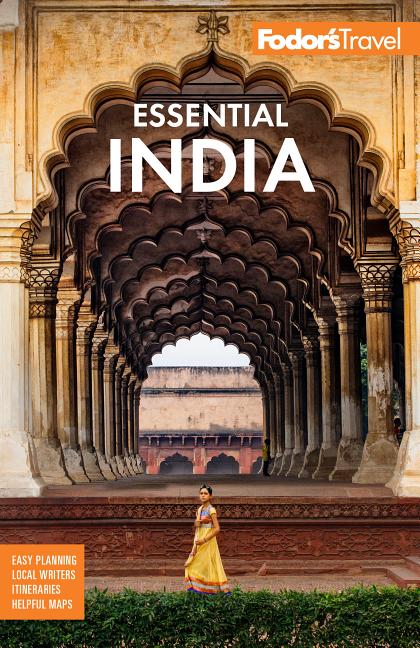Some Mumbai History
Mumbai initially consisted of seven marshy islands—Colaba, Old Woman's Island, Bombay, Mazgaon, Worli, Mahim, and Parel—that belonged to the Muslim kings of the Gujarat sultanate. The Muslims passed the parcel to the Portuguese (who occupied much of western India in the 16th and 17th centuries), who in turn gave it in 1661 to England's King Charles II as part of a dowry in his marriage to the Portuguese Princess Catherine de Braganza. The British established a fort and trading post that grew quickly in size and strength.
Soon enough, land reclamation joined the seven small islands into one, grafting a prototype for today's multifarious metropolis—today the islands, except for Old Woman's Island, are neighborhoods within Mumbai.
The pride of the British in Bombay, and in their power over western India, is memorialized in the city's most celebrated landmark—the Gateway of India, built to welcome King George V to India in 1911. It’s now near a statue of the young 17th-century Marathi leader, Shivaji.




